The students can easily learn how to calculate CGPA to percentage for their boards exam. The formula is to add all the grade points and divide by 5, the acquired number shall be the CGPA.
Table of Contents
The Boards exams are approaching and the students attempting it must be aware of how to calculate CGPA from percentages or grades. The formula for this is quite simple and the students can easily calculate it.
Students can also learn what is a CGPA Calculator and how it works. CGPA is the Cumulative Grade Point Average (CGPA) that assesses a student's academic performance in a specific program or course. It is calculated by averaging a student's grade points across all courses or disciplines taken over a given semester or academic year. The CBSE 10th and 12th results are announced in CGPA.
Each grade received by a student is assigned a grade point value, which is often in the range of 0 to 10, depending on the academic institution's grading system. Many educational systems around the world, particularly at higher education institutions, use CGPA. It assesses a student's academic performance and is widely used to determine academic status, scholarships, and other forms of recognition.
This article will help the students with the detailed steps on how to calculate CGPA from percentage or grade.
How to Calculate CGPA?
To calculate CGPA out of 10 or to learn how to calculate CGPA from marks, students may divide their percentage by 9.5, and the result obtained would be their CGPA.
However, students can calculate CGPA by dividing their total score of grade points for all subjects throughout their semesters by the total number of credit hours attended. Most universities follow this particular grade system.
The table will briefly explain how to calculate CGPA in University.
| Grade (Points) | Marks |
| S - 10 points | Greater Than 91 |
| A - 9 points | 81-90 |
| B - 8 points | 71-80 |
| C - 7 points | 61-70 |
| D - 6 points | 57-60 |
| E - 5 points | 50-56 |
| F - 0 points | Less Than 50 |
Consider a student who got the following grade in five subjects
- Subject A - 9
- Subject B - 7
- Subject C - 8
- Subject D - 8
- Subject E - 7
Note: Considering the total marks for each subject as 10.
Step 1: Add the grade points of all the 5 subjects
- 9+7+8+8+7 = 39
Step 2: Divide the total by no of subjects, i.e., 5
- 39/5 = 7.8
The CGPA of the candidate is 7.8
Learn More About: CGPA Calculator 2025
CGPA Formula Sheet
The easy formula to calculate the CGPA is detailed below for better reference. Students need to add all the grade points of the subjects and divide them by the total number of subjects. This CGPA formula will work for both, CBSE Class 10 Board Exam 2025 students as well as for the CBSE Class 12 Board Exam 2025 students.
The CGPA formula is mentioned below:
| CGPA Calculator | Sum of Grade Points ÷ Total Number of Subjects |
| Subjects | Grade Points |
| Subject 1 | 7 |
| Subject 2 | 9 |
| Subject 3 | 7 |
| Subject 4 | 7 |
| Subject 5 | 8 |
| Total | 38 |
| CGPA | 38 ÷ 5 = 7.6 |
How to Convert CGPA to Percentage?
To convert CGPA to percentages, multiply it by a conversion factor. The conversion factor varies depending on the educational institution and grading system. However, the most common conversion factors are 9.5 for a 10-point CGPA scale and 5 for a 4-point CGPA scale.
Formula: CGPA x 9.5 = Total Percentage
Here's how to apply the 9.5 conversion factor to convert CGPA to percentage:
- First, divide your CGPA by 9.5.
- The resulting amount is the CGPA's percentage equivalent.
- For example, if a student has a CGPA of 8.5 on a scale of 10, the per cent equivalent is: 8.5 x 9.5 = 80.75%
- As a result, the student has a CGPA equivalent of 80.75%.
| CGPA | Percentage |
| 9 | 85.5% |
| 8.9 | 84.55% |
| 8.8 | 83.6% |
| 8.7 | 82.65% |
| 8.6 | 81.7% |
| 8.5 | 80.75% |
| 8.4 | 79.8% |
| 8.3 | 78.85% |
| 8.2 | 77.9% |
| 8.1 | 76.95% |
Why Convert CGPA to Percentage?
Academic success can be measured using both CGPA and percentage. However, they are expressed differently. The CGPA is a weighted average of a student's grade points received in all courses taken over a given period.
The % is a basic representation of a student's grades in a certain course or test. While CGPA is frequently used in many educational institutions, some employers or further education institutions may prefer to have academic achievement stated in percentage terms.
This is because percent is a more well-known and basic academic achievement indicator that is widely used around the world. Converting CGPA to percentage allows you to compare academic accomplishment across educational systems and grading scales.
Furthermore, it provides a standardized manner of describing academic performance, which can be useful for admission to higher education institutions or job applications that require a standardized assessment of academic achievement.
Furthermore, in some cases, there may be minimum percentage requirements for admission to further education institutions or employment opportunities, and translating CGPA to percentage may help determine whether a student meets such requirements.
Also Read: 10 Prioritization Techniques for Student Productivity
Benefits of Using CGPA
The CGPA (Cumulative Grade Point Average) is a statistic that educational institutions use to evaluate a student's overall academic performance. Among the benefits of using CGPA are:
- The CGPA provides a single statistic that represents a student's overall academic performance, which employers, graduate schools, and other educational institutions may easily grasp.
- The CGPA is an objective measure of academic accomplishment since it is based on a standardized grading system that eliminates subjectivity and provides an objective assessment of academic performance.
- Students' motivation to maintain high academic standards: The CGPA encourages students to retain excellent academic achievement throughout their careers.
GPA to Percentage Converter
The conversion of GPA (Grade Point Average) to percentage can be done based on knowing the individual GPA of a subject.
GPA Formula:
| GPA Formula = ∑Grade Points/ ∑Gradeable Credits |
Below are the steps to calculate GPA
Step 1: Divide the student's GPA with the maximum GPA.
- For example, the maximum GPA for a particular subject is 4 and, the GPA score obtained by the candidate is 3.25 and 3.25/4 = 0.8125
Step 2: Multiply the value with 100 (move the decimal points 2 places to the right, i.e., 0.8125) = 81.25
- Now, the GPA percentage in an individual subject is 81.25%
A few more ways for the conversion of Percentage to GPA are as follows.
Conversion of One Percentage into a 4.0 GPA
The conversion of one percentage into 4 GPA is calculated with a specific formula.
The formulae for this method are,
GPA = (x/20)-1, where "x" is the percentage score of the student
For example:
X = 75%, then GPA = (75/20) - 1 = 2.75
The GPA equivalent of 75% is 2.75.
Conversion of Multiple Grades into 4.0 GPA
To calculate CGPA, the typical score system is followed in most schools. Follow the table below to understand the scoring system followed by most schools.
| Grade | Marks |
| A | 4 |
| A- | 3.7 |
| B+ | 3.3 |
| B | 3 |
| B- | 2.7 |
| C+ | 2.3 |
| C | 2 |
| C- | 1.7 |
| D+ | 1.3 |
| D | 1 |
| D- | 0.7 |
| F | 0 |
Below are the steps to convert multiple grades into 4 GPA.
Step 1: Now assume students got the following grades A, B, C-, and D in Physics, Maths, Literature, and Gym, respectively.
Step 2: Add the score value: 4+3+1.7+1 = 9.7
Step 3: Divide the sum with the number of subjects: 9.7/4 = 2.4
The GPA equivalent is 2.4
Hence, to learn how to calculate CGPA, one must follow the rules and should have adequate numbers. The marks should be entered carefully to overcome the chances of error.
Merits and Demerits of CGPA System
Let us now examine the benefits and drawbacks of CGPA in education, where it is used as an essential tool for analysing a student's performance.
Merits
- Students can assess their strengths and flaws and attempt to improve them.
- Because the real marks are not mentioned on the report cards, the CGPA alleviates the pressure to get high grades.
Demerits
- The CGPA does not accurately reflect students' performance.
- Due to the grading system, students tend to perform poorly because they know they will receive the desired grade even if they make a few mistakes.
Also Read: Top 10 Most Effective Stress Management Techniques for Students

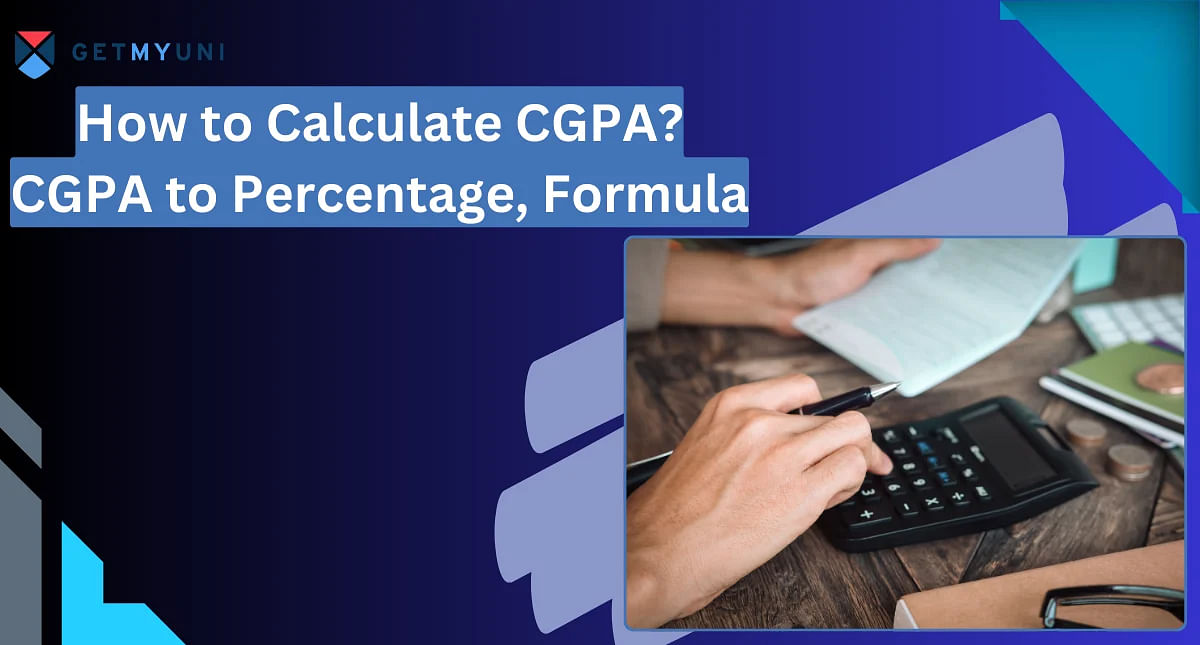
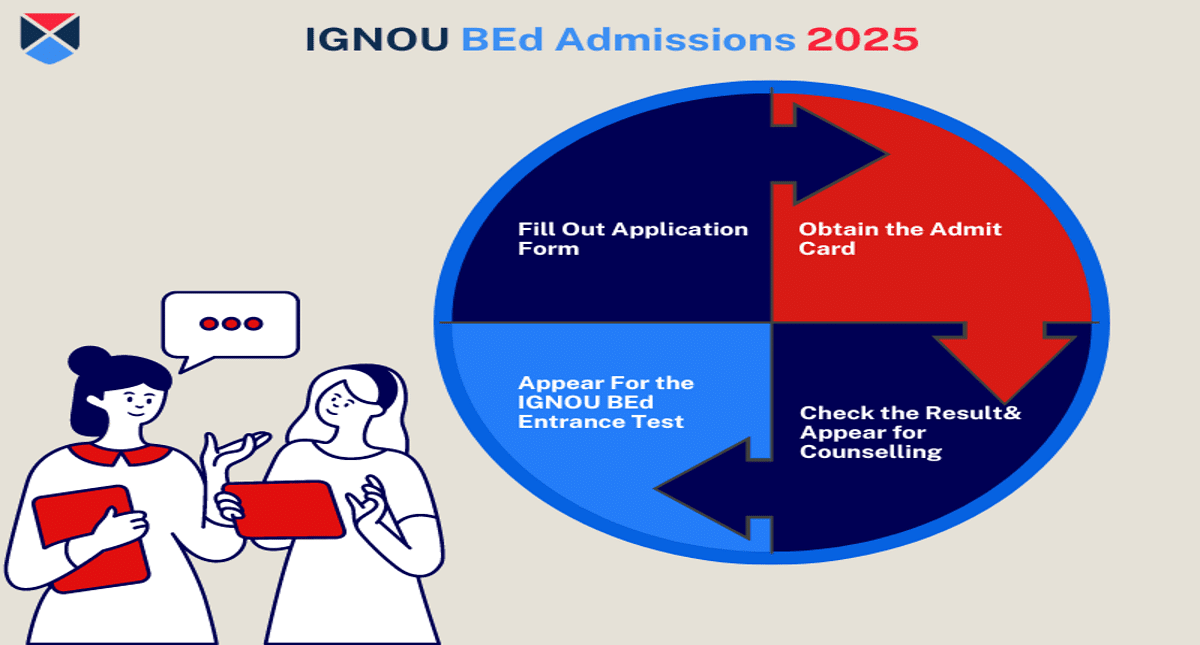

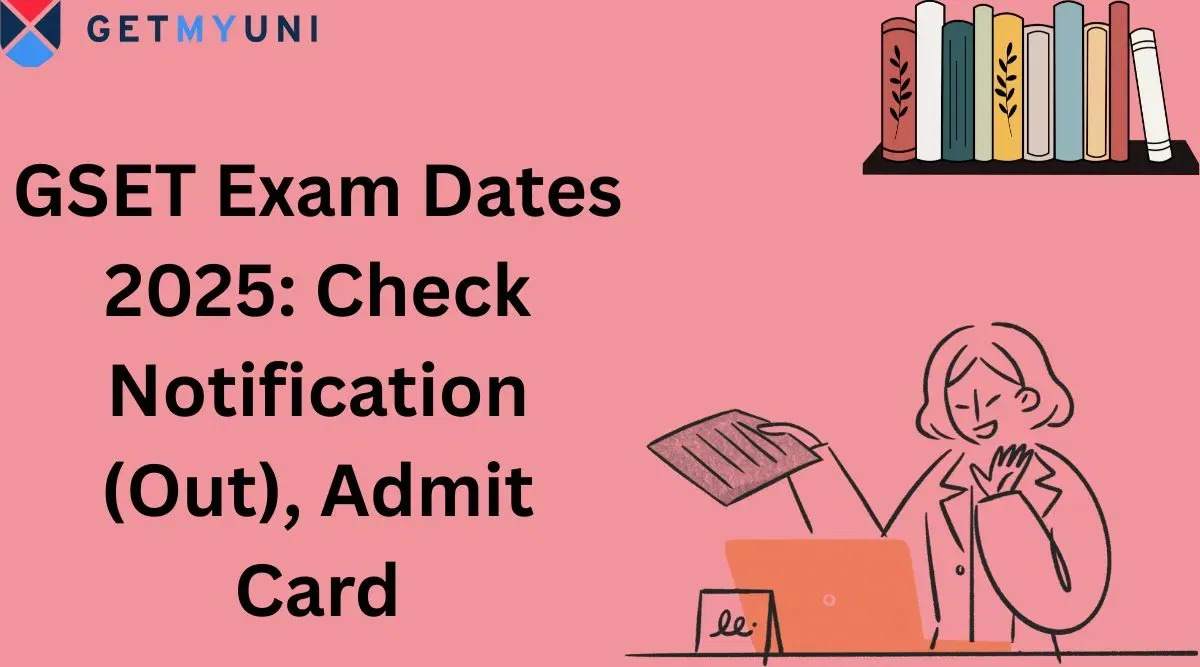







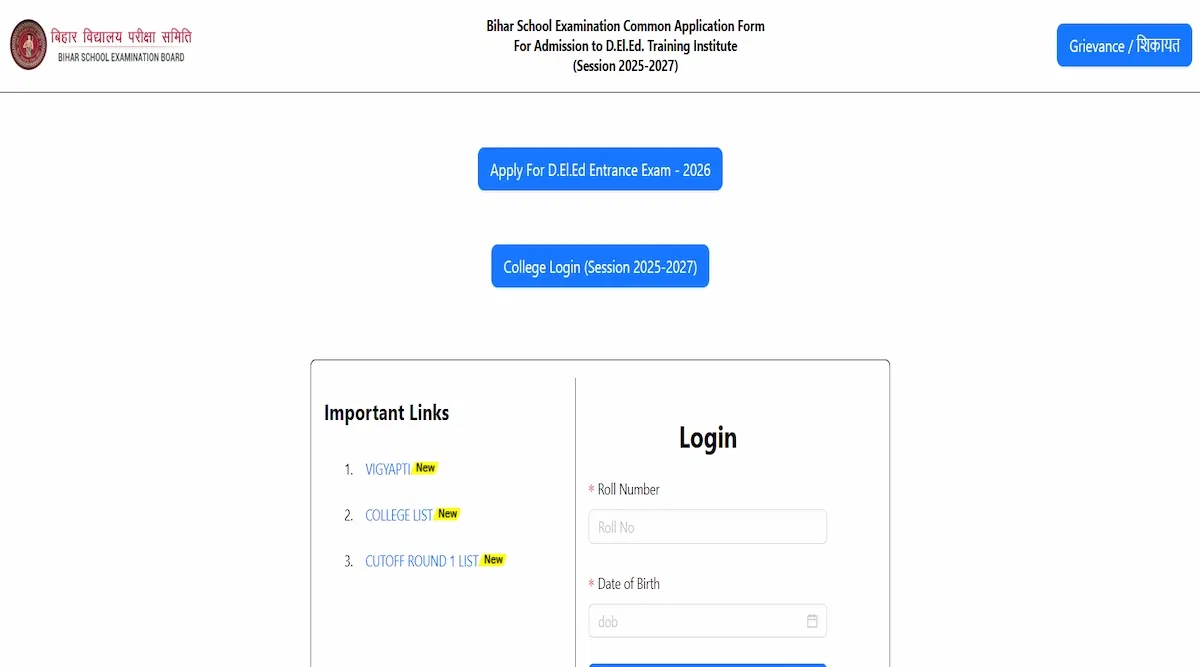



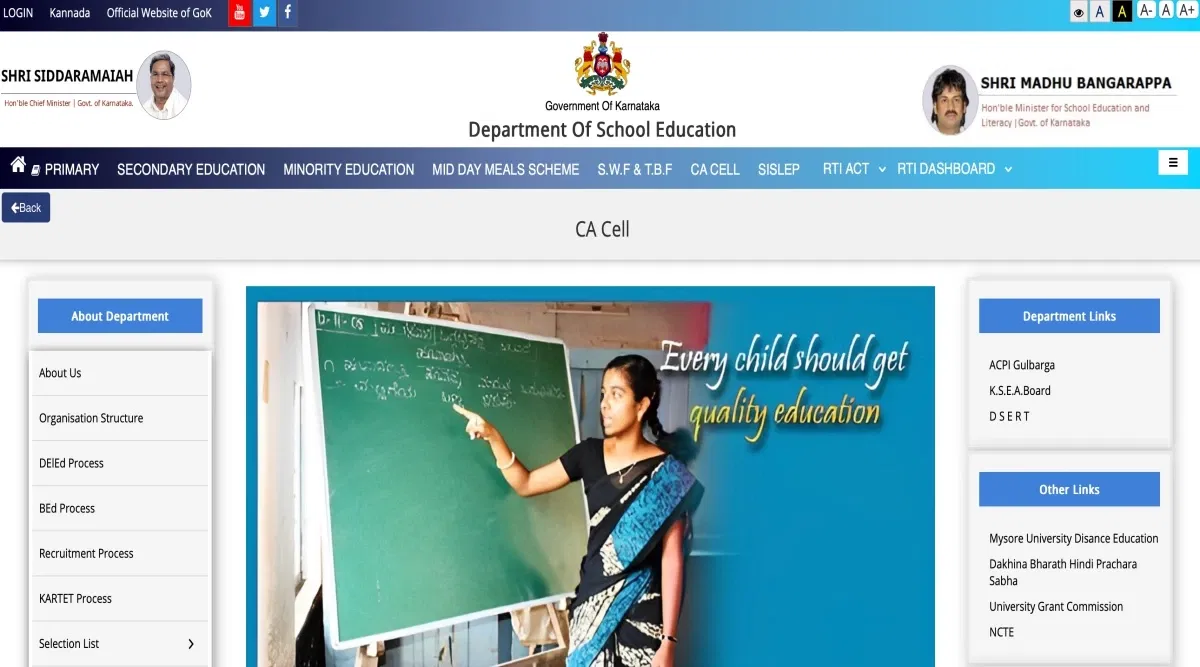
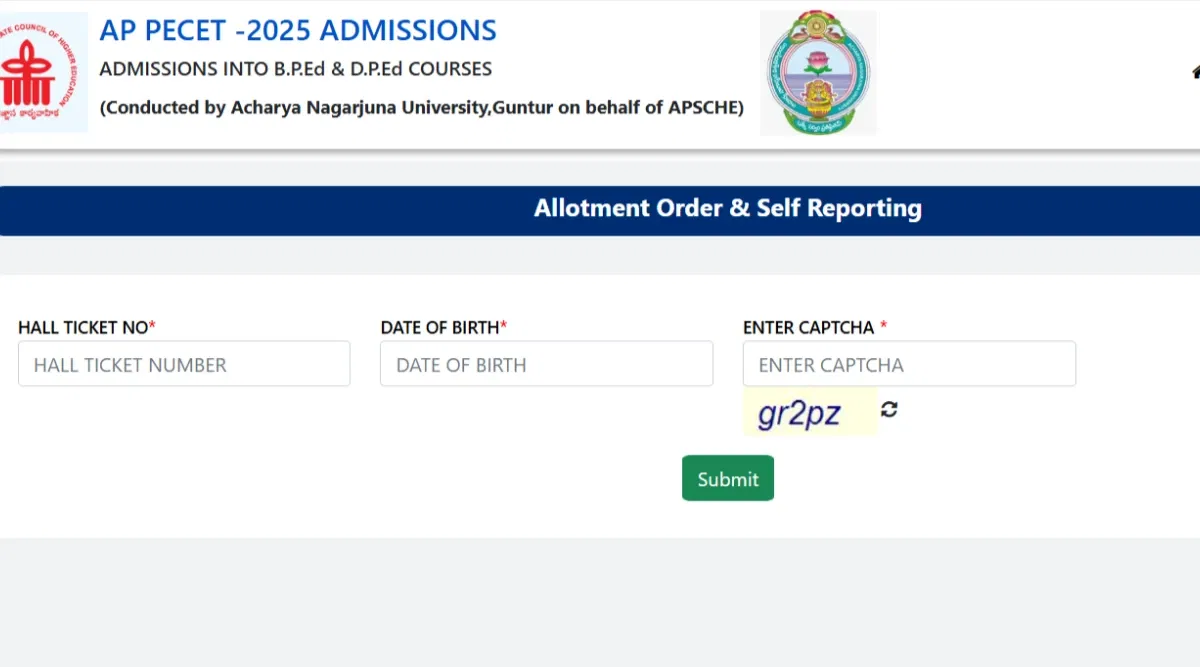
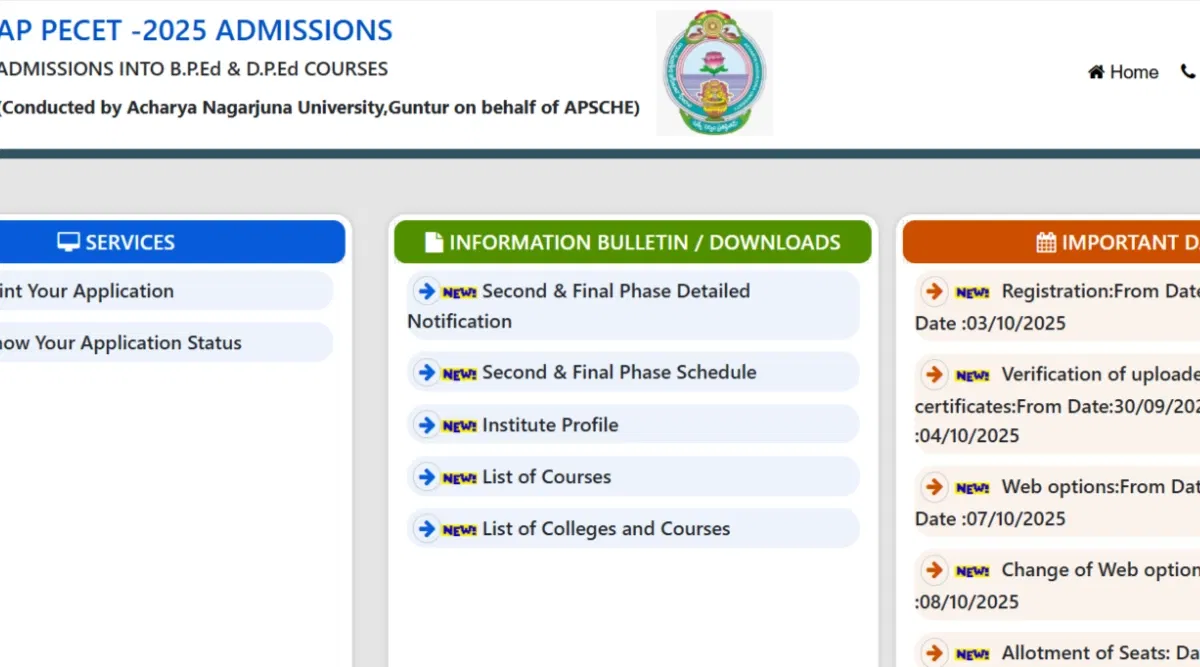
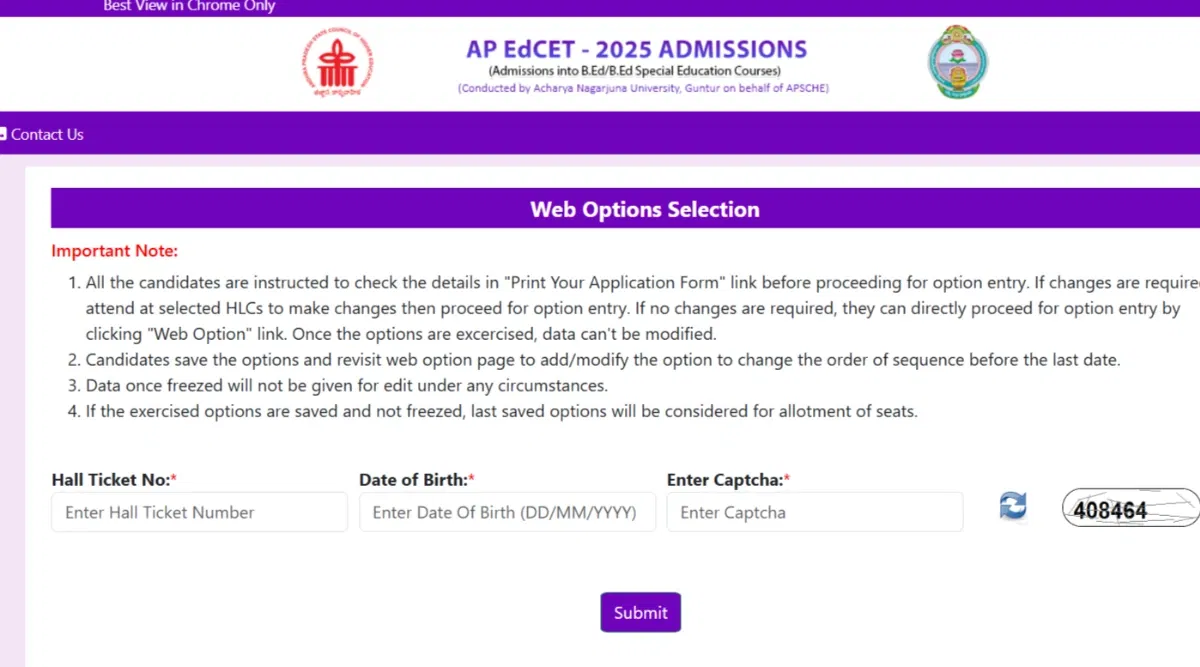
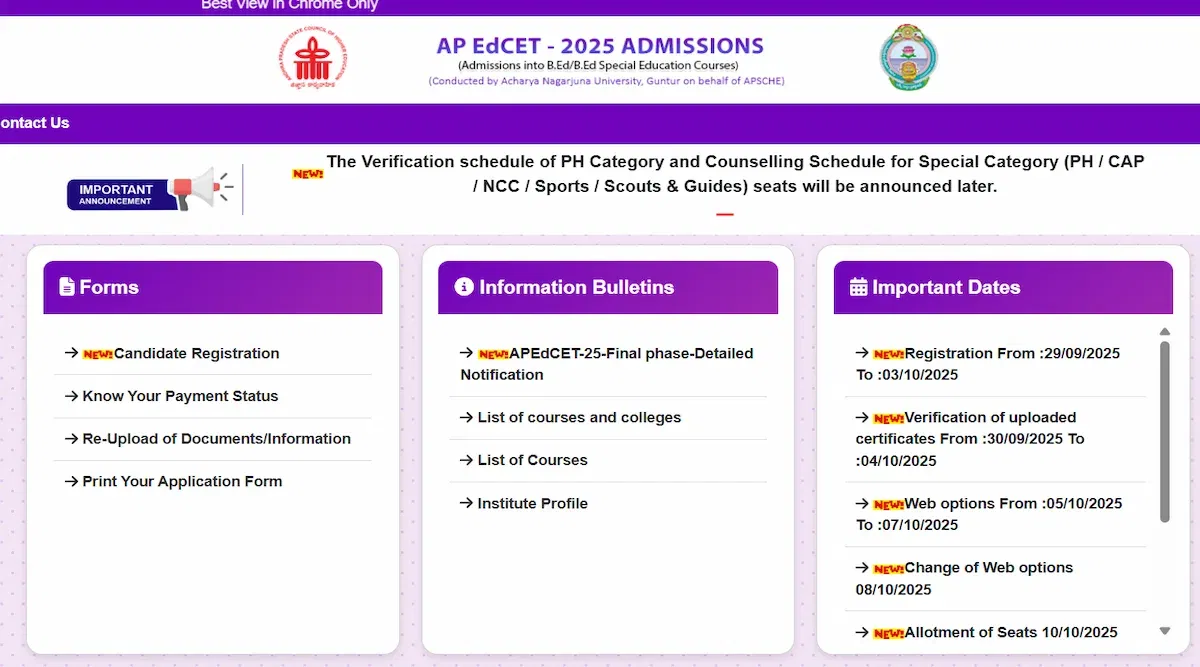
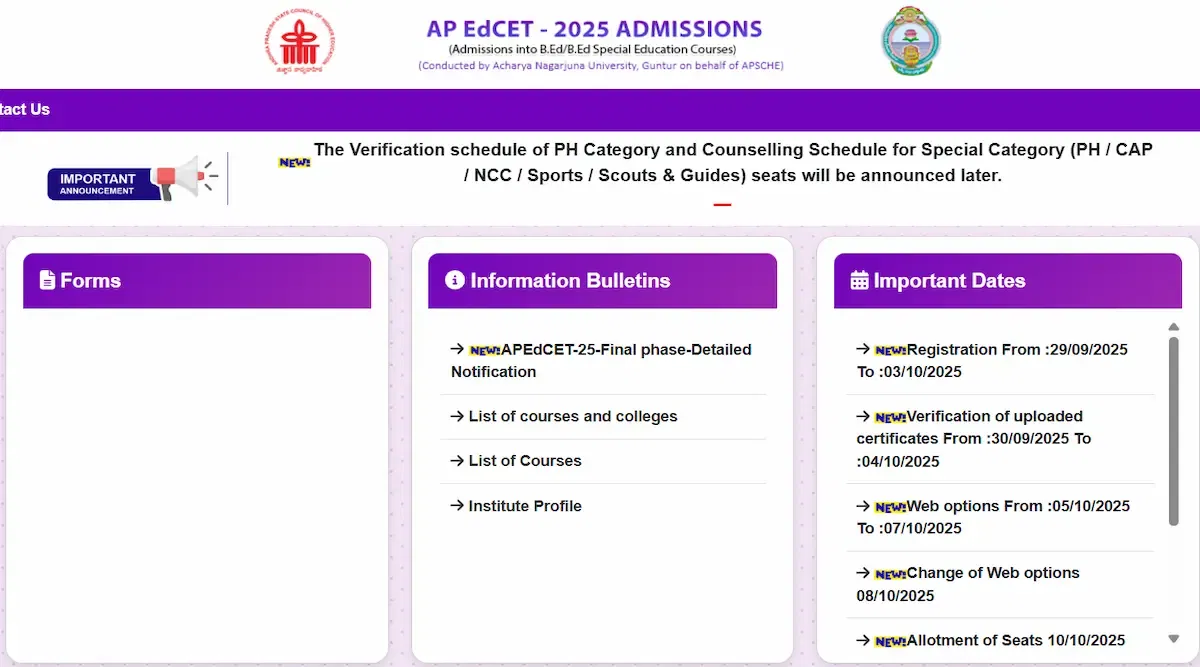

POST YOUR COMMENT